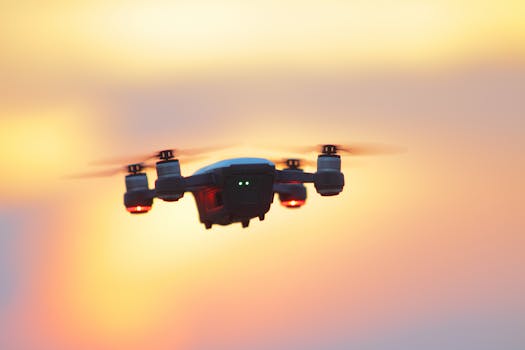
Beyond the Atmosphere: The Future of Satellite Technology for Surveillance and Connectivity
Beyond the Atmosphere: The Future of Satellite Technology for Surveillance and Connectivity is an exciting and rapidly evolving field, with new developments and innovations emerging regularly. Satellite technology has come a long way since the launch of the first artificial satellite, Sputnik, in 1957. Today, satellites play a crucial role in various aspects of our lives, including communication, navigation, weather forecasting, and surveillance.
Advancements in Satellite Technology
Satellite technology has undergone significant advancements in recent years, driven by improvements in materials, electronics, and software. One of the key areas of development is in the field of satellite manufacturing, where new technologies such as 3D printing and modular design are being used to create smaller, lighter, and more efficient satellites. This has led to a significant reduction in the cost of launching satellites into space, making it more accessible to a wider range of organizations and countries.
Another area of advancement is in the field of satellite propulsion, where new technologies such as electric propulsion and advanced ion engines are being developed. These technologies offer significant improvements in fuel efficiency and mission duration, enabling satellites to stay in orbit for longer periods and perform more complex tasks. Additionally, the development of reusable launch vehicles, such as those being developed by SpaceX and Blue Origin, is expected to further reduce the cost of accessing space.
Surveillance and Connectivity Applications
Satellite technology has numerous applications in the fields of surveillance and connectivity. In terms of surveillance, satellites are used for a variety of purposes, including military reconnaissance, border monitoring, and environmental monitoring. For example, satellites such as the US military’s Space-Based Infrared System (SBIRS) are used to detect and track missile launches, while satellites such as the European Space Agency’s Sentinel-2 are used to monitor land use and land cover changes.
In terms of connectivity, satellites are used to provide communication services to remote and underserved areas, where traditional telecommunications infrastructure is lacking. For example, satellites such as the UK-based company Inmarsat’s Global Xpress network provide high-speed broadband services to aircraft, ships, and other mobile platforms. Additionally, satellite-based connectivity is being used to support the development of the Internet of Things (IoT), where satellites are used to connect devices in remote and hard-to-reach areas.
Future Developments and Innovations
The future of satellite technology holds great promise for advancements in surveillance and connectivity. One of the key areas of development is in the field of small satellite technology, where constellations of small satellites are being launched into low Earth orbit to provide high-resolution imagery and communication services. For example, companies such as Planet Labs and DigitalGlobe are launching constellations of small satellites to provide high-resolution imagery of the Earth’s surface, while companies such as OneWeb and SpaceX are launching constellations of small satellites to provide low-latency, high-speed communication services.
Another area of development is in the field of satellite-based navigation, where new technologies such as the European Union’s Galileo system and the US’s GPS III system are being developed. These systems offer significant improvements in navigation accuracy and reliability, and are expected to support the development of new applications such as autonomous vehicles and precision agriculture.
Conclusion
In conclusion, the future of satellite technology for surveillance and connectivity is exciting and rapidly evolving, with numerous innovations on the horizon. As satellite technology continues to advance, we can expect to see significant improvements in the quality and availability of satellite-based services, and the development of new applications and use cases. Whether it’s supporting the development of the IoT, providing high-speed communication services to remote areas, or enabling the development of autonomous vehicles, satellite technology is poised to play an increasingly important role in our daily lives.



